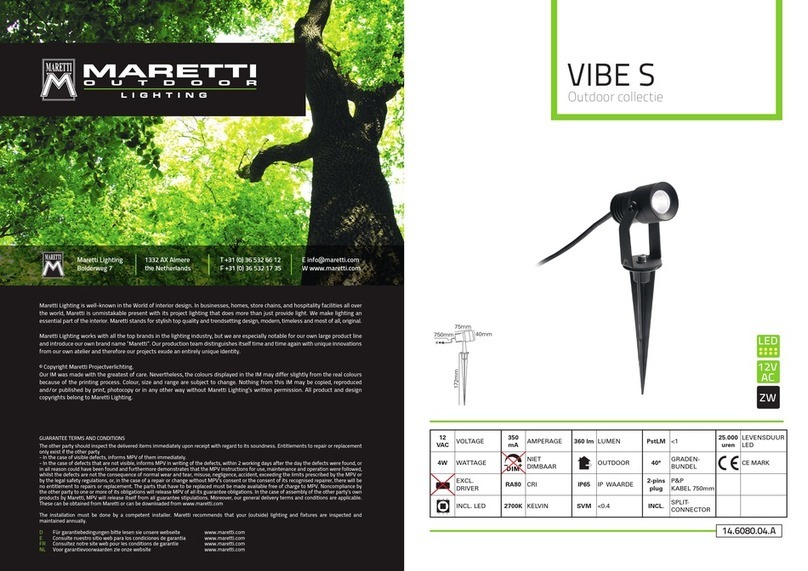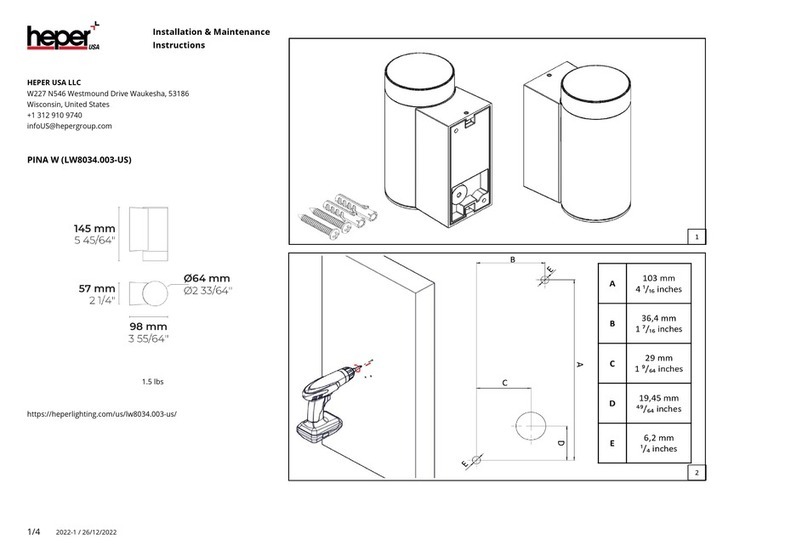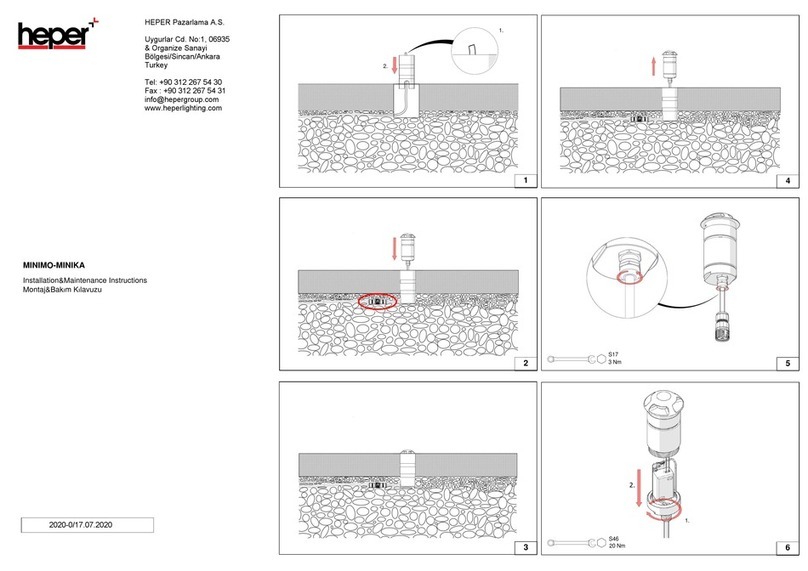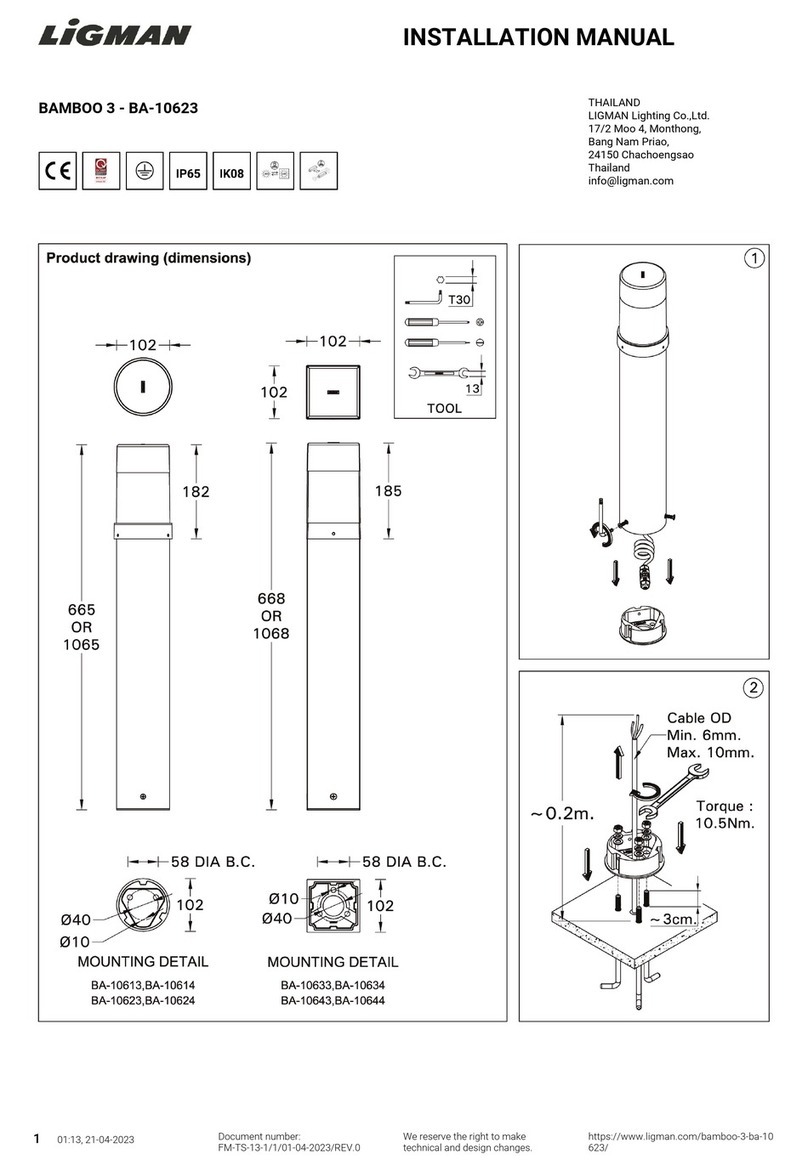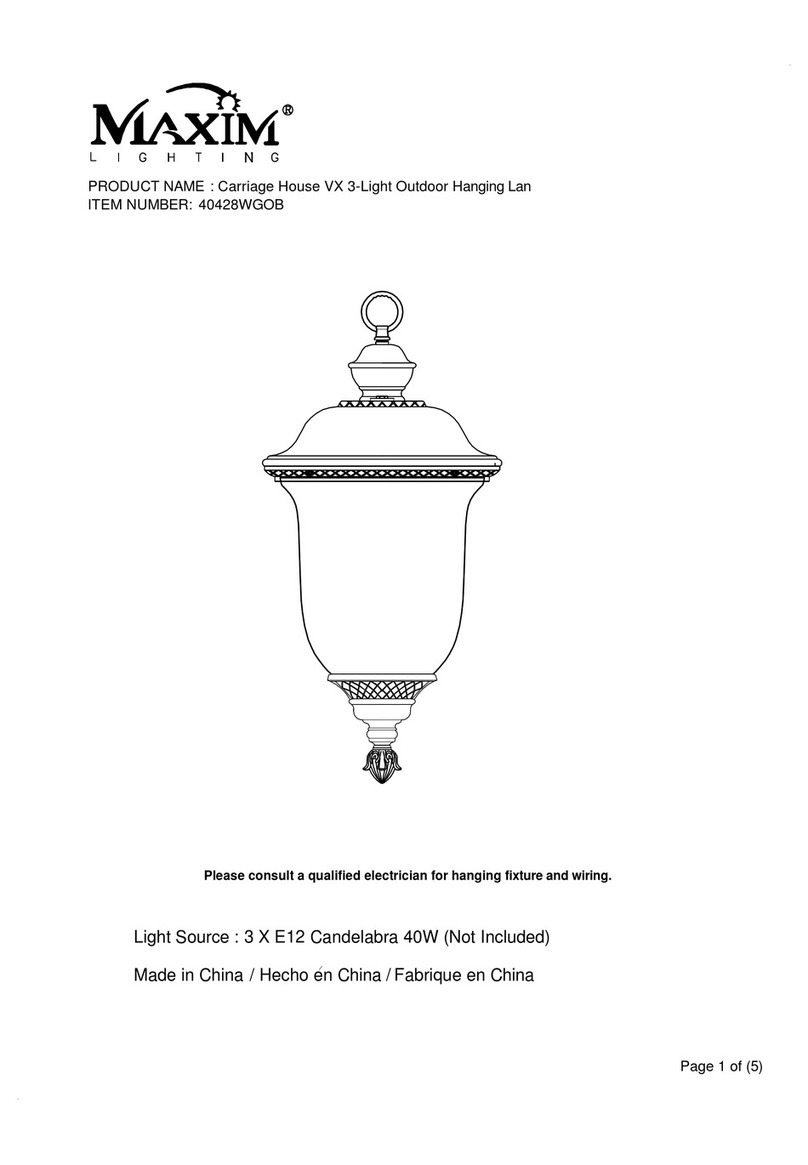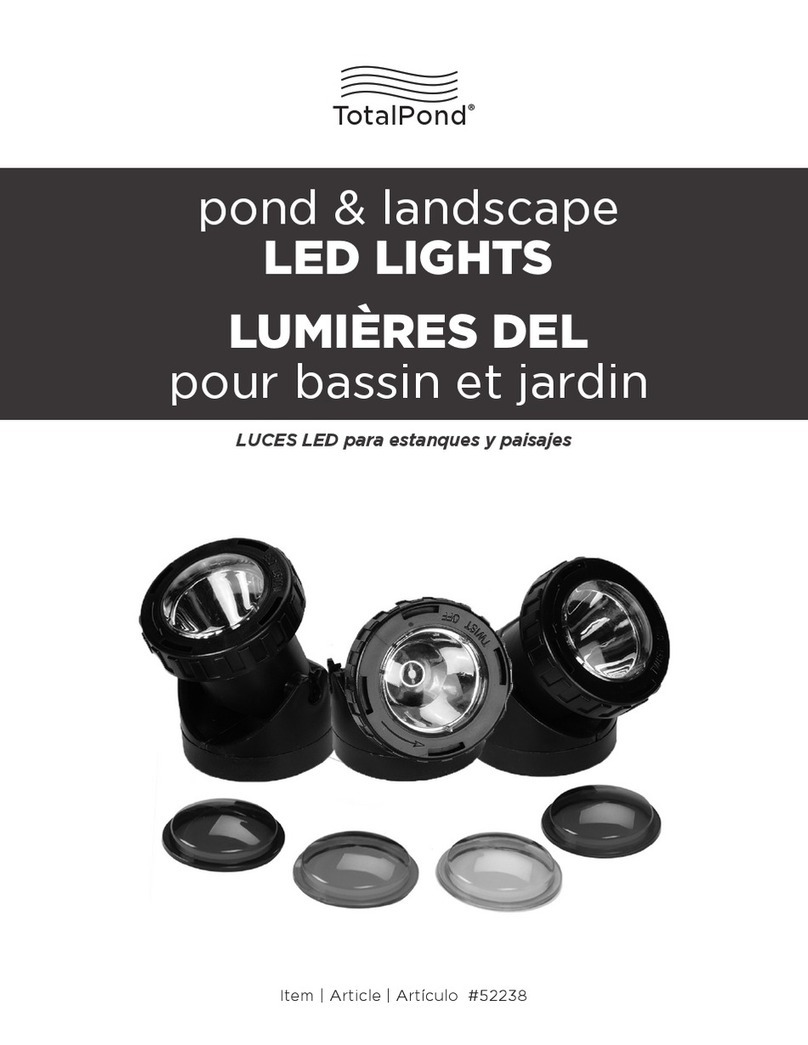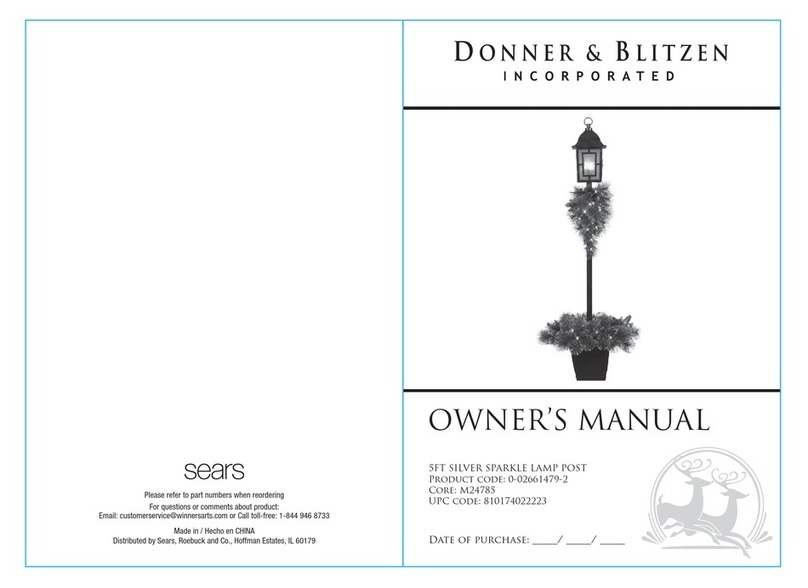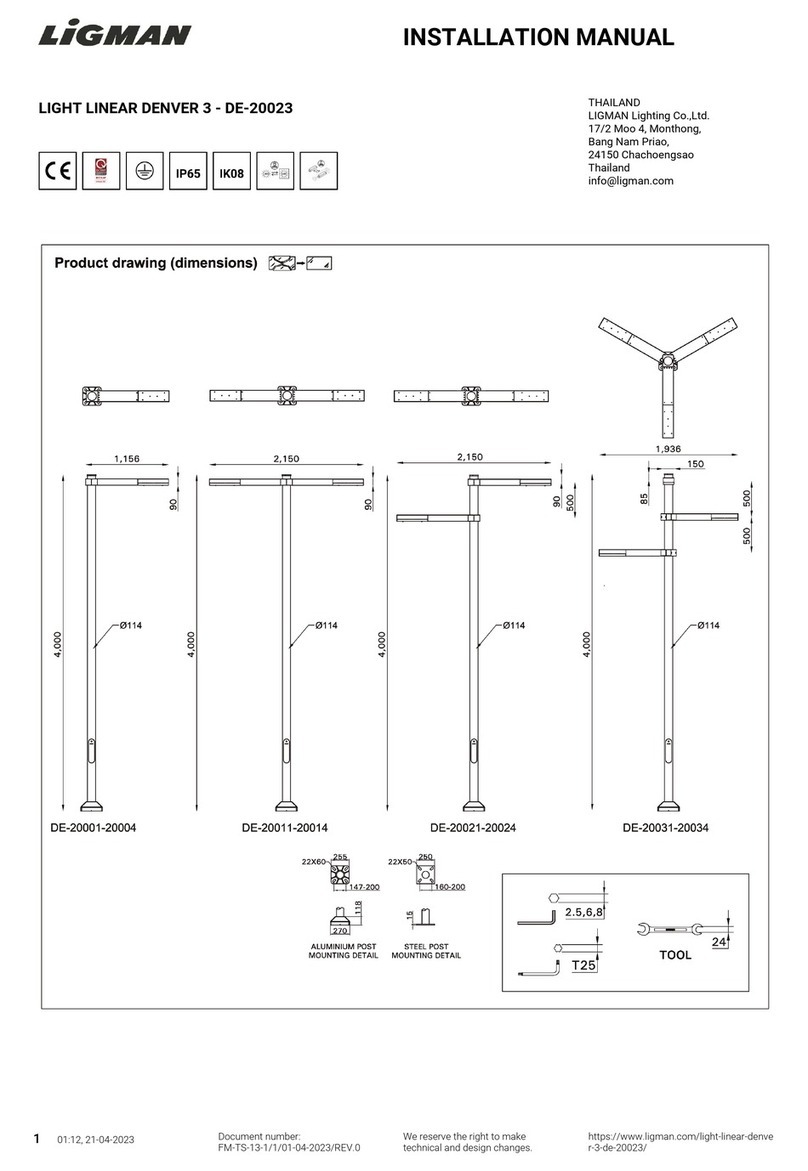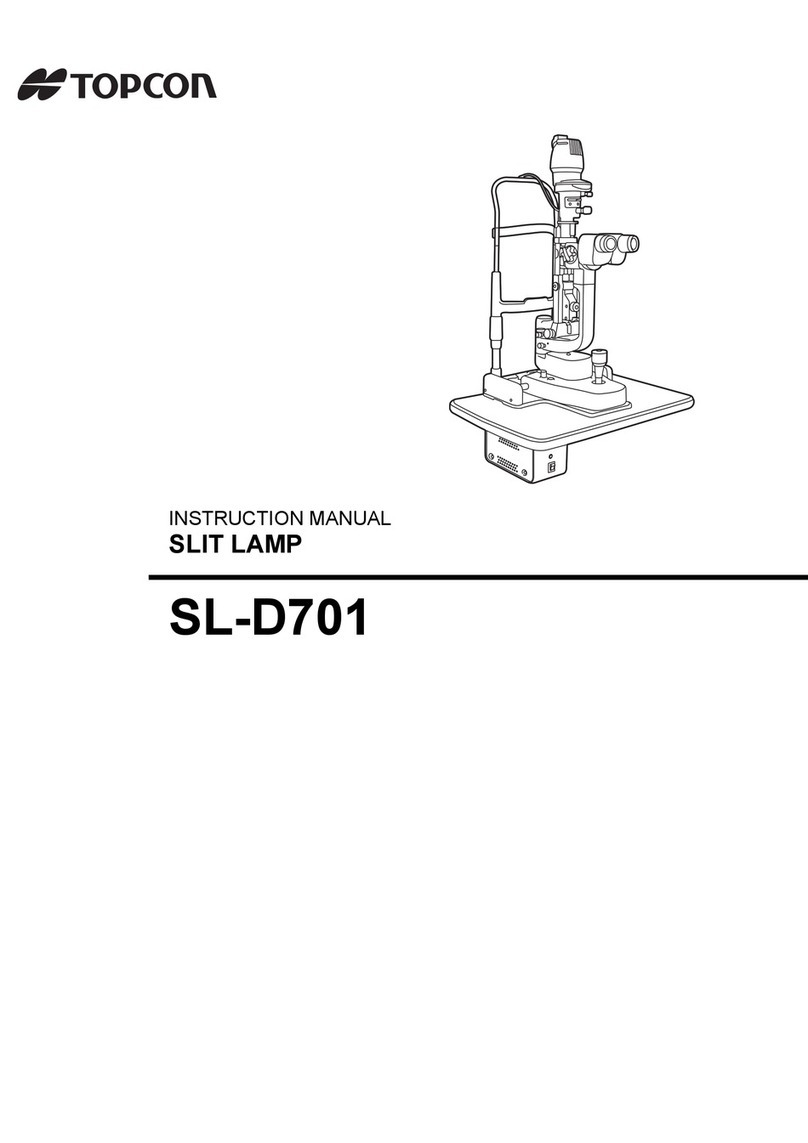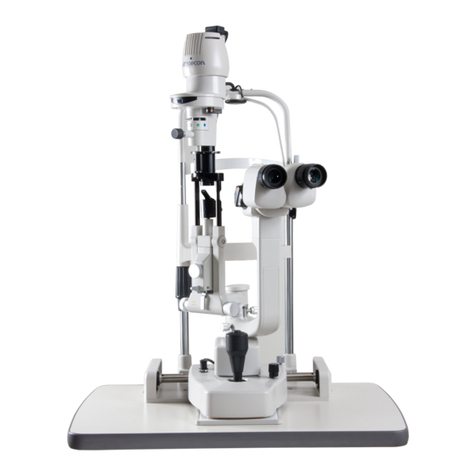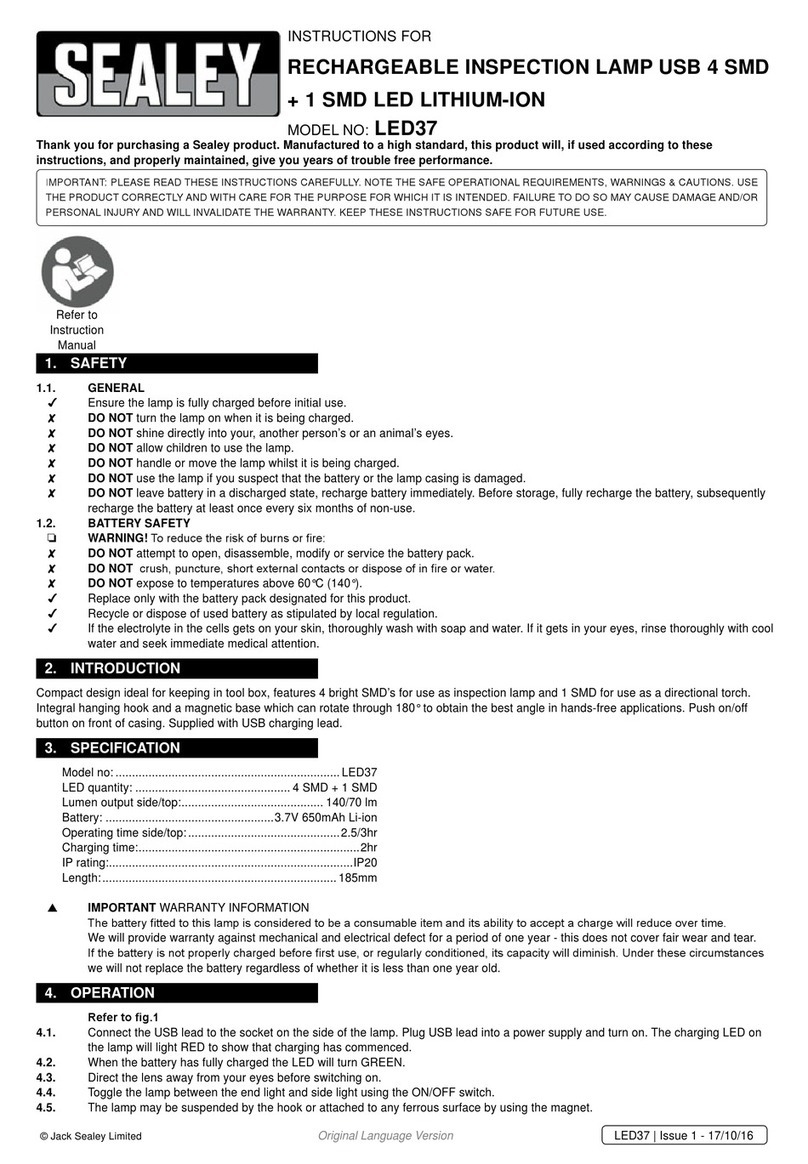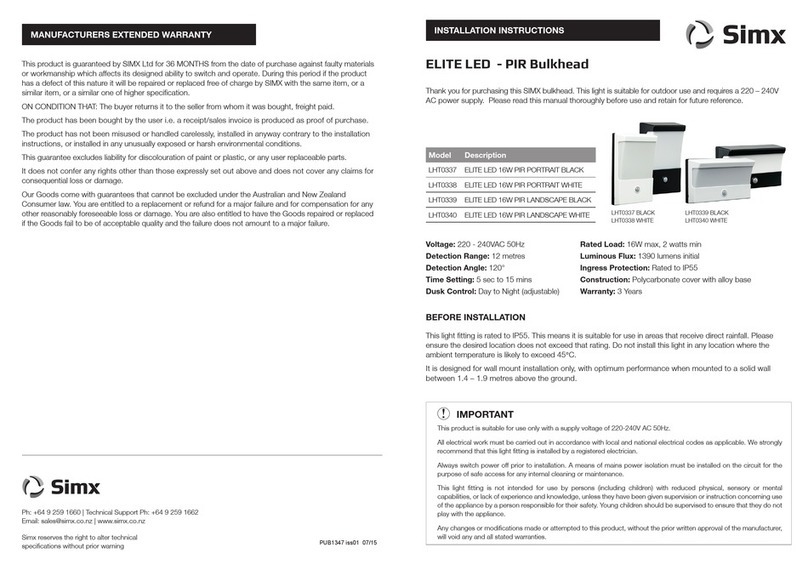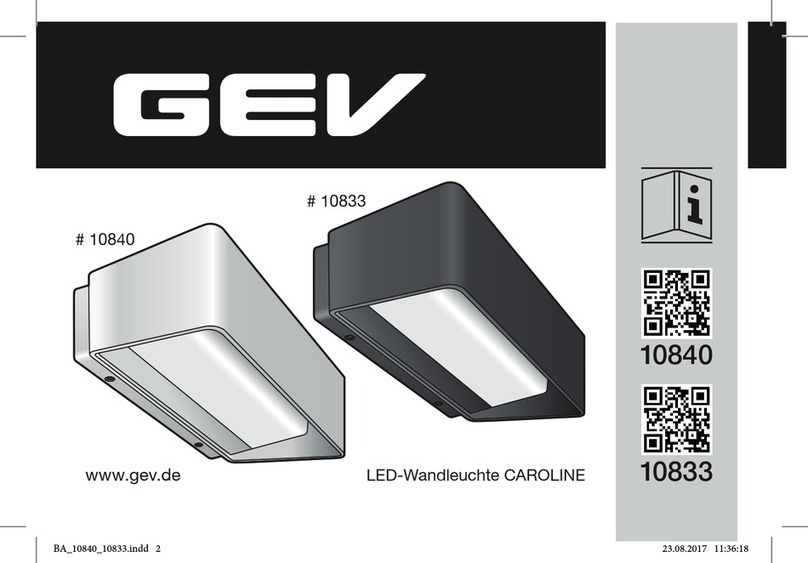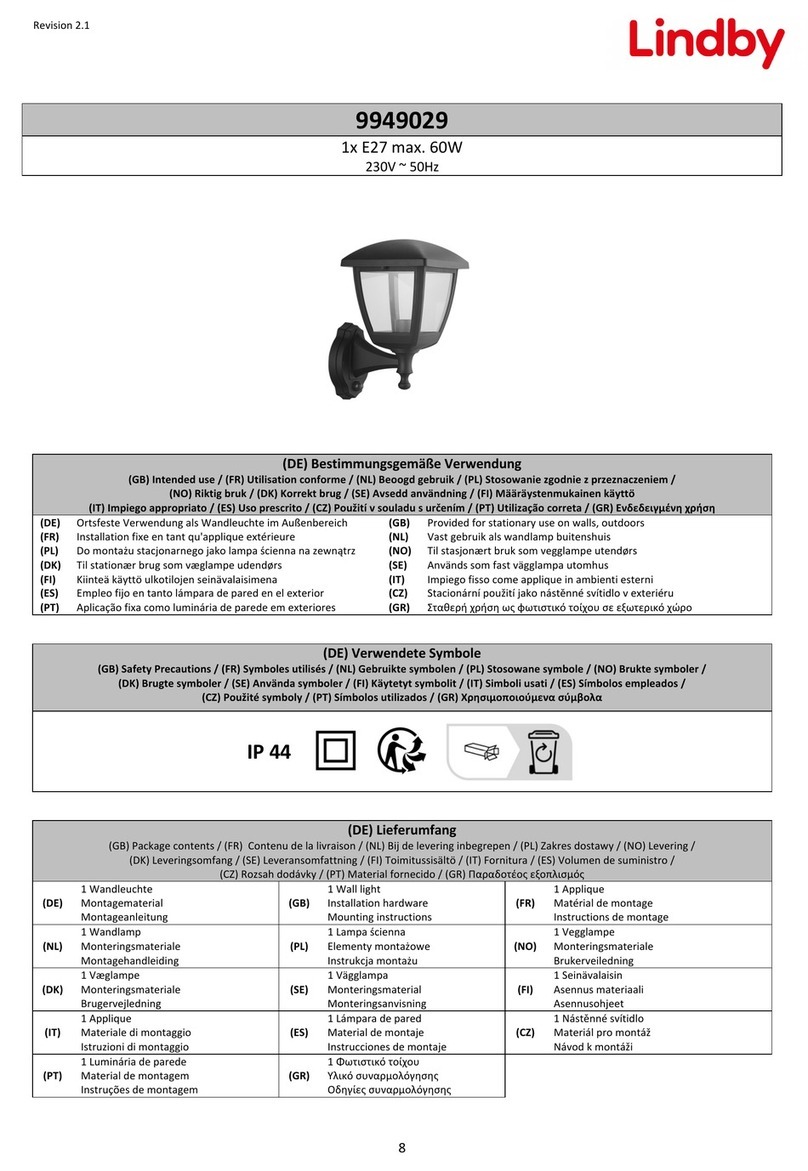
6
CONTENTS
INTRODUCTION ................................................................................................................1
DISPLAYS FOR SAFE USE ...............................................................................................3
SAFETY CAUTIONS ..........................................................................................................4
MAINTENANCE..................................................................................................................4
ESCAPE CLAUSES............................................................................................................4
WARNING INDICATIONS AND POSITIONS......................................................................5
CONFIGURATION..................................................................................................................7
NAMES OF MAIN BODY COMPONENTS .........................................................................7
CONFIGURATION OF PARTS IN CONTACT WITH PATIENT...........................................7
STANDARD ACCESSORIES .............................................................................................8
COMPONENTS.....................................................................................................................10
COMPONENTS................................................................................................................10
ASSEMBLY PROCEDURE ................................................................................................12
ASSEMBLY PROCEDURE...............................................................................................12
CHECKING PROCEDURE...............................................................................................18
OPERATION PROCEDURES ...........................................................................................19
PREPARATION-DIOPTER COMPENSATION AND INTERPUPILLARY
DISTANCE ADJUSTMENT...............................................................................................19
PATIENT POSITION AND FIXATION TARGET................................................................20
BASE OPERATION ..........................................................................................................21
OPERATION OF THE ILLUMINATION UNIT....................................................................22
FUNDUS OBSERVATION WITH THE HRUBY LENS (OPTION).....................................26
TROUBLESHOOTING.........................................................................................................27
TROUBLESHOOTING GUIDE .........................................................................................27
SPECIFICATIONS.................................................................................................................28
ELECTROMAGNETIC COMPATIBILITY..........................................................................30
SYSTEM CLASSIFICATION.............................................................................................34
PURPOSE OF USE..........................................................................................................34
OPERATION PRINCIPLE.................................................................................................34
SHAPE OF PLUG.............................................................................................................35
SYMBOL...........................................................................................................................35
MAINTENANCE.....................................................................................................................36
DAILY CARE.....................................................................................................................36
REPLACING THE BULB...................................................................................................36
REPLACING THE FUSE ..................................................................................................38
REPLACING THE CHINREST PAPER.............................................................................38
ADJUSTMENT OF THE SLIT WIDTH CONTROL KNOB ................................................38
ADJUSTMENT OF THE INCLINATION MOVEMENT ......................................................39
CLEANING........................................................................................................................39
ORDERING SUPPLIES....................................................................................................40
OPTIONAL ACCESSORIES..............................................................................................41
PACHOMETER ATTACHMENT........................................................................................41
10×MEASURING EYEPIECE...........................................................................................41
HRUBY LENS...................................................................................................................42
APPLANATION TONOMETER.........................................................................................42
AUTOMATIC INSTRUMENT TABLE AIT-15.....................................................................42

